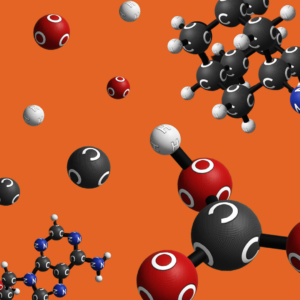The Future of Science Education: Embracing Interactive 3D Content and Simulations
Science, the systematic study of the universe, has always been a subject of wonder and curiosity. From the microscopic world of cells to the vast expanse of the cosmos, science seeks to unravel the mysteries of existence. However, the abstract nature of many scientific concepts can pose challenges for educators and students alike. This is where interactive 3D content and simulations come into play, offering a revolutionary approach to science education in colleges.
Benefits of 3D Interactive Content in Science Education
- Bridging the Gap Between Theory and Reality: Complex scientific phenomena, often difficult to visualize, become tangible through 3D models. Whether it’s the intricate dance of subatomic particles or the dynamics of planetary orbits, 3D content brings abstract concepts to life.
- Engaging and Immersive Learning: A study by PLOS ONE found that students using 3D simulations demonstrated better understanding and retention of complex biological concepts compared to traditional 2D methods.
- Safe Exploration: Whether it’s a volcanic eruption or a chemical reaction, certain scientific experiments can be dangerous. Virtual labs allow students to explore these phenomena safely.
- Cost-Effective: While setting up physical labs or conducting field trips can be expensive and logistically challenging, virtual simulations can be reused, making them a cost-effective solution.
- Accessibility: Platforms like VIVED ensure that students can access high-quality 3D content anytime, anywhere, facilitating self-paced learning and revision.
- Promotes Active Learning: According to research from Science Direct, interactive 3D tools promote active learning, encouraging students to explore, hypothesize, and draw conclusions.

VIVED: Pioneering the Future of Science Education
VIVED stands at the forefront of this educational revolution, offering a plethora of interactive 3D models across various scientific disciplines. From biology and physics to geology and astronomy, VIVED’s platform provides an immersive and comprehensive learning experience, making science more accessible and engaging.
Conclusion: Embracing Interactive 3D Content and Simulations
The integration of interactive 3D content and simulations in science education is not just a trend but a necessity. As we venture further into the 21st century, it’s imperative that our educational methodologies evolve to meet the needs of the digital age. With platforms like VIVED, we are well on our way to creating a more informed, curious, and scientifically literate generation.
At VIVED Learning, we empower students and teachers with innovative, interactive STEM resources. Our platform contains over 1000+ fully dissectible 3D models, across STEM subjects such as Anatomy, Chemistry, Engineering, Biology and more.
Book a call with our expert team today to learn how VIVED can boost your students engagement and learning outcomes!
Like this blog? Check out our blogs on the best STEAM learning resources and study apps!





